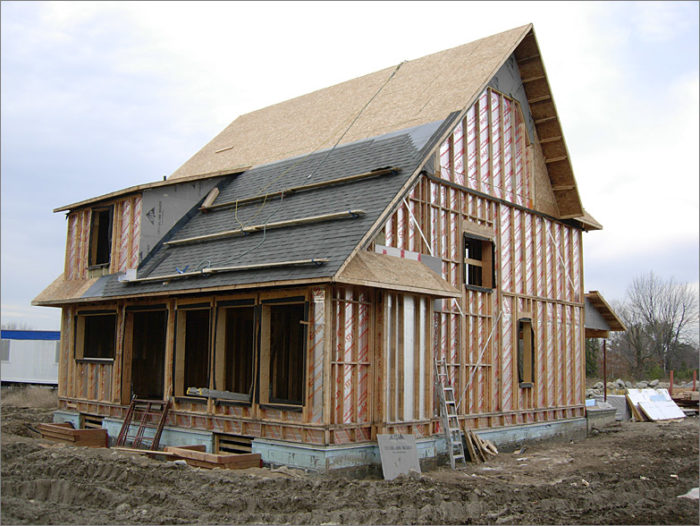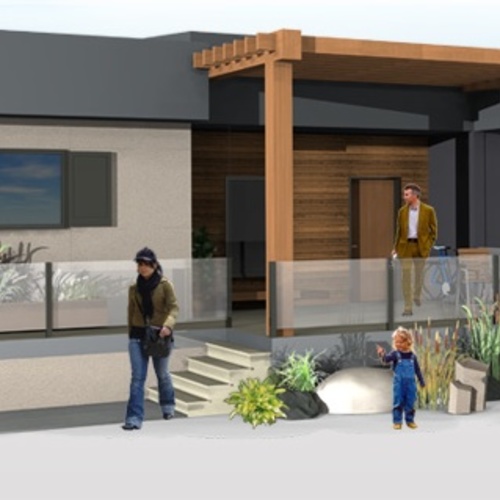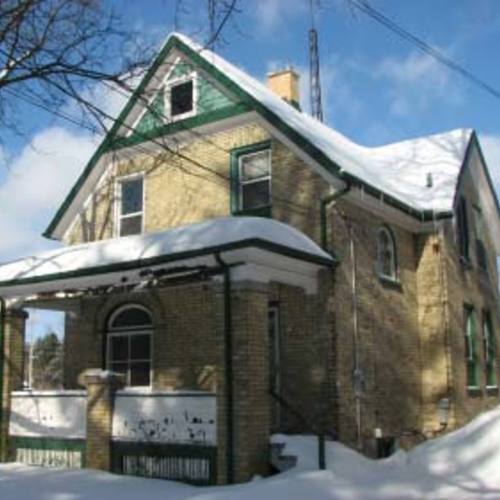
Image Credit: The Minto Group
A national program launched three years ago invites homebuilders and developers to show off their greenest designs
In May 2006, the Canada Mortgage and Housing Corporation – the country’s national housing agency – announced an initiative designed to generate interest in eco-friendly housing among builders, developers, and the public.
The CMHC, which calls the program the EQuilibrium Sustainable Housing Demonstration Initiative, solicited proposals for demonstration homes that, once built, would serve as models and inspiration for comparable home construction on a larger scale. Completed homes are open to the public for a minimum six-month demonstration period and are then monitored for performance for at least a year thereafter.
The CMHC says 72 builder- and developer-led teams submitted proposals, and an independent committee of housing experts selected 12 teams to build demo homes. Six homes have been completed and winning project proposals for three more were announced in February.
The completed homes include the Avalon Discovery House and the Laebon CHESS Project, both in Red Deer, Alberta; the Riverdale NetZero Project in Edmonton; the EcoTerra house in Eastman, Quebec; the Now House project, in Toronto; and the Minto Ecohome in Manotick, Ontario.
Weekly Newsletter
Get building science and energy efficiency advice, plus special offers, in your inbox.















2 Comments
Net Zero: Working hard to make it complicated
The Healthy House, built in ~1995, which came out of a CMHC design competition was pretty cool. Totally off grid in downtown Toronto. Incredibly forward thinking. Thirteen years later and the results from this recent CMHC design competition haven't raised the bar? Arguably the bar has been lowered, which is pretty much a disappointment.
We had a, now retired, CMHC guy come and give a presentation to a local community group about the CMHC's net zero competition (EQuilibrium) a couple of years ago. I should have asked him to talk about what he thought was really progressive and interesting out there in terms of building sustainable residential housing/communities.
Because it kind of became apparent that he really wasn't that impressed with the entries submitted to the competition, mostly because they had high energy demands that were made up with expensive renewable energy generation. And anyone who is, as he was, aware of Passive House would recognize that this was a pretty daft way of going about things. He also obliquely indicated something about the solar industry lobbying for the creation of the design competition.
Shouldn't we deal with the heat loss first! And only then consider putting solar on the roof.
By the way, it's remarkable how the commodity price of copper has held up during this rather ugly global recession.
It's looking like copper will be the new oil.
Wouldn't it make more sense, and be cheaper in the long run, to use lots of cellulose, and *PS or PU than to use complicated copper based renewable energy systems to make up for not using enough insulation in the first place?
Update on the Riverdale project
For those who have been following the Riverdale project in Edmonton, Alberta, here's a January 21, 2011 update received in an e-mail from Peter Amerongen:
"Our Riverdale project seems to be using more heating energy than predicted. Early measurements from both Mill Creek and Belgravia seem to be showing higher than H2K predicted heating energy. I don't know where the short fall is. It could be lower passive solar gains is certainly using more heating energy than predicted. It could be lower internal gains than predicted, lower HRV efficiency or just higher heat transmission losses. We need to find out what we can do better. It may be that HOT2000 is over predicting passive solar gains or under predicting heating energy in super insulated houses. It is also possible that we aren't rigorous enough with our inputs."
Log in or create an account to post a comment.
Sign up Log in